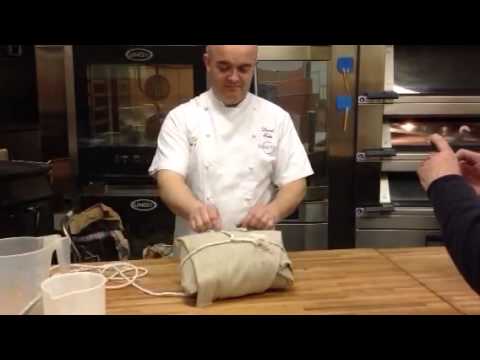I’ve been baking, pretty successfully, sourdough bread for two years now. My starter, which I feed (visually vs. measuring), with a mix of unbleached AP AND rye flour and ‘homemade’ water (boiled, filtered), used to peak between 4 and 5 hours like clockwork.
Suddenly, within the last month, it wants 12 hours!!! Plus, although it more than doubles, with lots of nice big holes showing on the sides of the jar, it isn’t getting the bread up. I’m suddenly pulling sourdough discs out of the oven, not loaves!
The sponge (which is out 4 hours and then refrigerated for 12) behaves normally. Kneading is normal: the dough becomes springy at the usual 9 minute mark (I knead by hand). But the first rise takes 3-4 hours longer and when I go to shape it, I can tell immediately that the spring isn’t there and the second rise is not strong at all.
Before The Trouble, it was very forgiving: I could still shape my loaves even if I had over proofed. I eventually started shaping earlier and got higher loaves, but again, they were decent either way. Those days are gone.
I hesitate posting this because I am not a science baker – I just lucked out and got something to work for me and repeated it successfully for all this time – I can’t tell you what hydration percentage I work at or any of that. I’ve tried re-building it from a cup or so more than once, I’ve tried keeping it out on the patio, in a corner, in the light, out of the light, thicker, thinner, feeding it more often, less often. But all it wants is to be fed once every day, after it’s 12 hour peak, and before it completely dies down.
So any theories as to what has changed? I live in Florida, and the A/C has been on since mid-May (again, trouble only began in August). We change the filter religiously. My flour is the same, my water is the same, my utensils and bowl are the same. COVID-19 perhaps? This is my last stop before changing to a yeast bread recipe.
Thanks for being here…
~S





